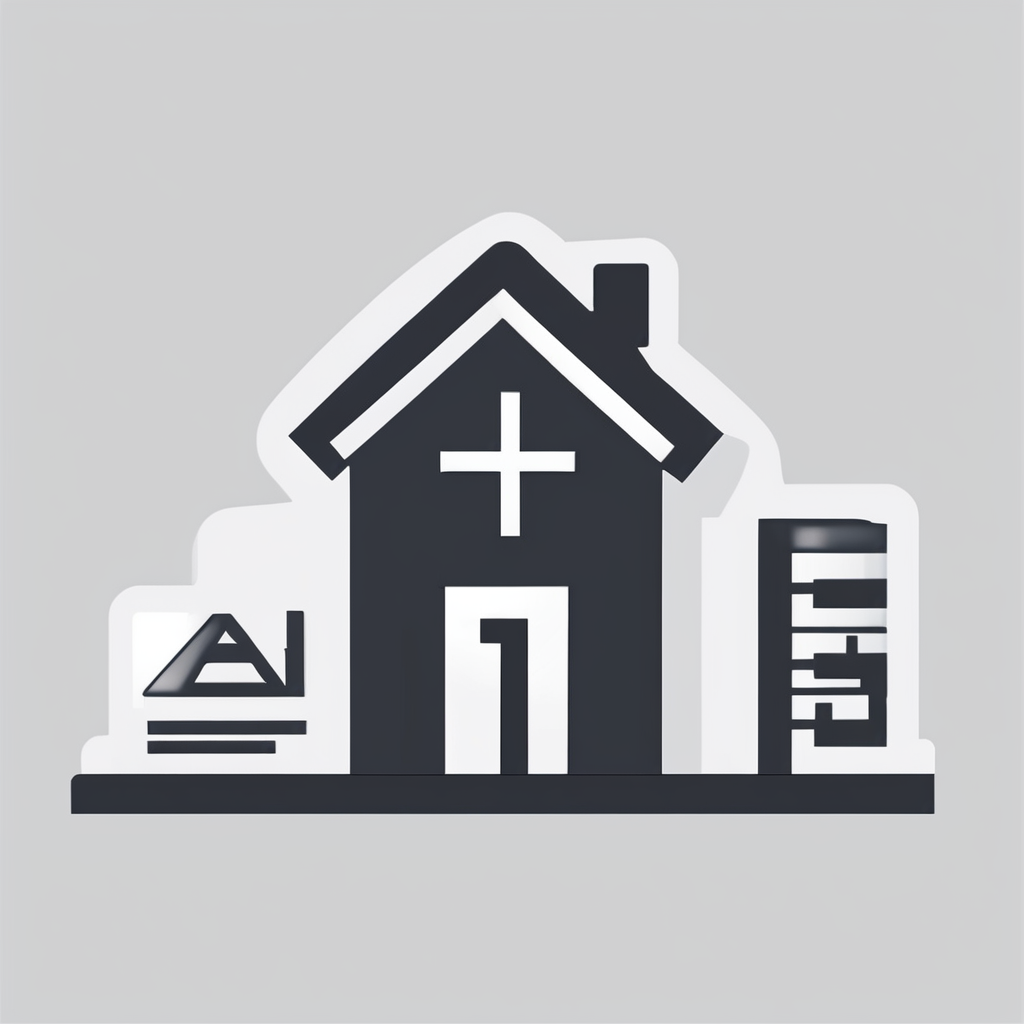Understanding the Costs of Property Extensions
When considering a property extension, it’s essential to have a clear grasp of the associated construction expenses. Without proper planning, these costs can quickly spiral out of control. Here’s a breakdown of the typical expenses you might encounter:
-
Materials and Labour: The foundation of any property extension budget should include the expected costs for materials and labour. High-quality materials may cost more upfront but can result in long-term savings.
Topic to read : Mastering Overseas Property Management: A Guide to Successfully Investing in UK Real Estate from Afar
-
Permits and Professional Fees: Securing the necessary permits is mandatory for most projects and often underestimated in budgeting for extensions. Additionally, the services of architects, surveyors, and contractors are crucial. Their professional fees should be clearly outlined.
-
Unexpected Expenses: Always allocate extra funds for unforeseen challenges that may arise during construction.
Also to discover : Unlocking Value: The Advantages of Investing in UK Properties with Low Energy Ratings and Enhancing Their Efficiency
A solid budgeting strategy incorporates accurate cost estimation. Begin by gathering multiple quotes from contractors and analysing these detailed breakdowns. Engaging a property extension consultant can also provide a more precise forecast by identifying hidden costs upfront.
By being methodical in budgeting for extensions, one can alleviate financial strain and ensure that the project progresses smoothly. Remember, a well-planned financial approach serves as the backbone of successful property extension undertakings.
Financing Options for Property Extensions
When considering financing property extensions, understanding the range of available methods is crucial. Homeowners generally have several choices, including home improvement loans, second mortgages, and refinancing options. Each option, varying in terms, interest rates, and risk levels, caters to different financial circumstances.
Home improvement loans are specifically designed for renovations and can be a straightforward way to obtain funds. These loans usually have fixed interest rates, making it easier to manage monthly payments. Second mortgages, on the other hand, allow you to borrow against your home’s equity. While potentially offering lower interest rates, they can add risk by placing an additional lien on your property.
Mortgage options like refinancing can also be beneficial. Refinancing involves replacing an existing mortgage with a new one, often with better terms. This method can reduce monthly payments, potentially freeing up funds for your construction project.
The impact of loans for construction on overall extension costs can be significant. Lower interest rates and terms aligned with your financial capacity can save money in the long run.
To secure favorable terms, maintaining a good credit score and providing accurate project estimates to lenders are advisable. Understanding these financing instruments thoroughly can ease the financial burden and ensure your extension project is executed smoothly.
Assessing Return on Investment (ROI) for Property Extensions
Understanding the ROI of a property extension is crucial for anyone considering such an investment. To calculate expected ROI, first, estimate the property value increase post-extension by comparing similar properties in the area. One must assess the cost of the extension and weigh it against the anticipated rise in property value. This involves looking at local market trends and the specific features of the extension, such as additional bedrooms or modernized kitchens, which can significantly enhance value.
Key factors influencing the potential property value increase include location, design, quality of materials, and overall integration with the existing property structure. For instance, extensions that add living space or create open-plan areas often yield higher returns.
Exploring case studies can provide practical insights into how these principles play out in real life. For example, a homeowner may find that investing in an energy-efficient extension not only boosts home value but also reduces utility costs, thereby enhancing ROI further.
Every property is unique, and thus, a tailored investment analysis is essential when considering a property extension. With careful planning and consideration of these factors, maximizing the ROI on a property extension is a realistic goal.
Engaging Professionals for Cost Assessments
Collaborating with property extension professionals is crucial for obtaining accurate cost estimation services when planning a home extension. Understanding the distinct responsibilities of architects and builders can streamline the process and enhance the accuracy of estimations, ensuring you remain within budget.
Role of Architects in Property Extensions
Architects play an integral role in assessing costs for property extensions. They provide a comprehensive analysis that includes design outputs and material specifications, crucial for a precise cost estimation. Their expertise helps in identifying potential challenges early in the planning stage, allowing for adjustments that can save both time and money.
Importance of Builders in Cost Management
Builders have hands-on experience with construction processes, allowing them to give practical insights and cost estimation services. By working closely with architects, builders ensure that the project is feasible within the budget constraints. Their involvement from the outset can help in controlling costs effectively by considering factors such as labour and time management.
Finding Reliable Contractors
To ensure successful project completion, it’s vital to vet contractors thoroughly. Check for valid certifications, past project successes, and client testimonials. Property extension professionals should be able to provide transparent quotations and timelines, ensuring accountability throughout the project. Engaging a reliable team fosters a smoother process and clearer communication.
Best Practices for Analyzing Feasibility
To conduct a comprehensive property extension analysis, one must employ certain tools and methods that ensure accuracy and thoroughness. Using design software, for instance, can help visualize future extensions, allowing a clearer picture of the potential space. Financial modeling tools are essential for making cost predictions and evaluating the economic benefits of the project.
Feasibility study is the cornerstone of any successful extension undertaking. It examines factors like legal constraints, structural requirements, and the project’s impact on property value. Site surveys and consultations with architects provide detailed appraisals of the land’s suitability for expansion.
When it comes to assessing whether extending a property is more viable than buying new, one should compare current property values, market trends, and future longevity of the investment. A comparison of extension costs against new purchases requires careful financial assessment, taking into account additional costs such as taxes and moving expenses for a new property.
A comprehensive feasibility analysis checklist would feature:
- Regulatory compliance checks
- Structural evaluations
- Environmental impacts
- Cost estimations
- Timeframe assessments
Such due diligence ensures that one makes well-informed decisions regarding property changes.











